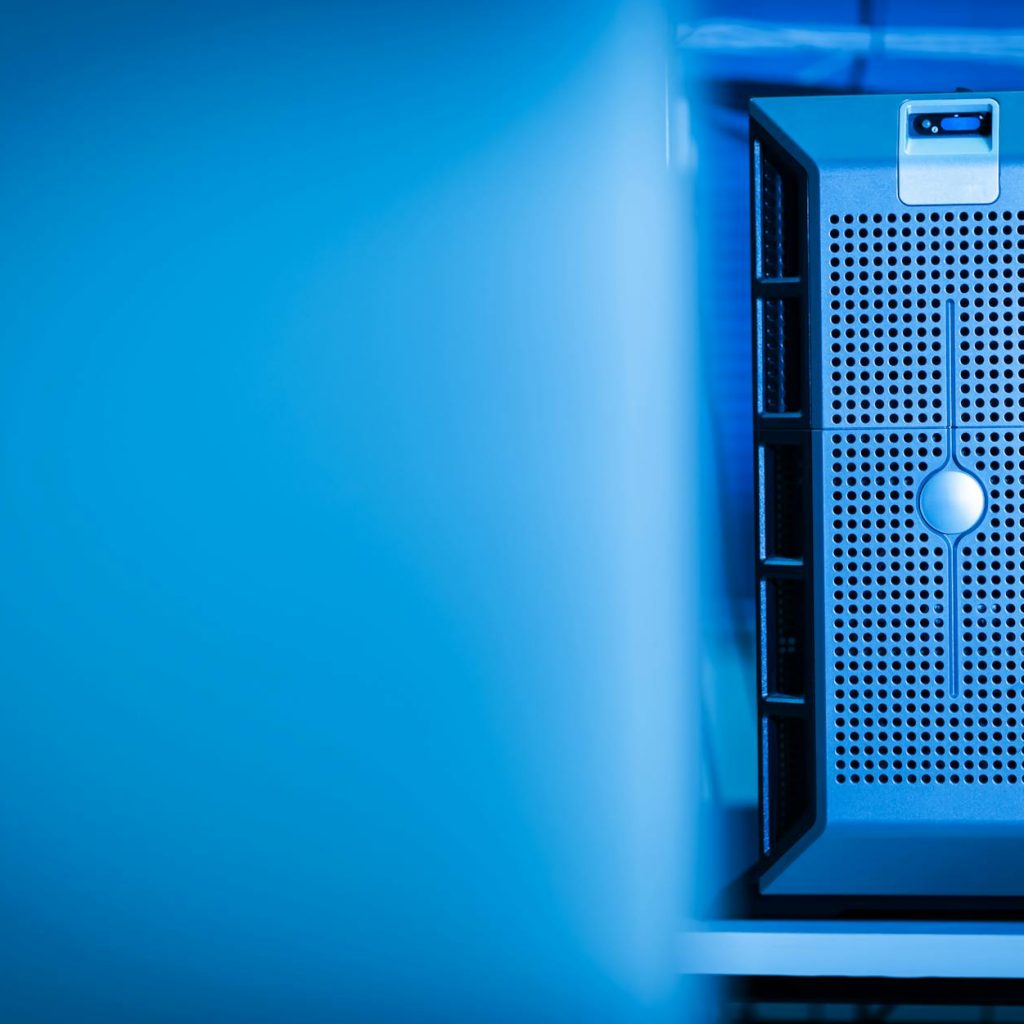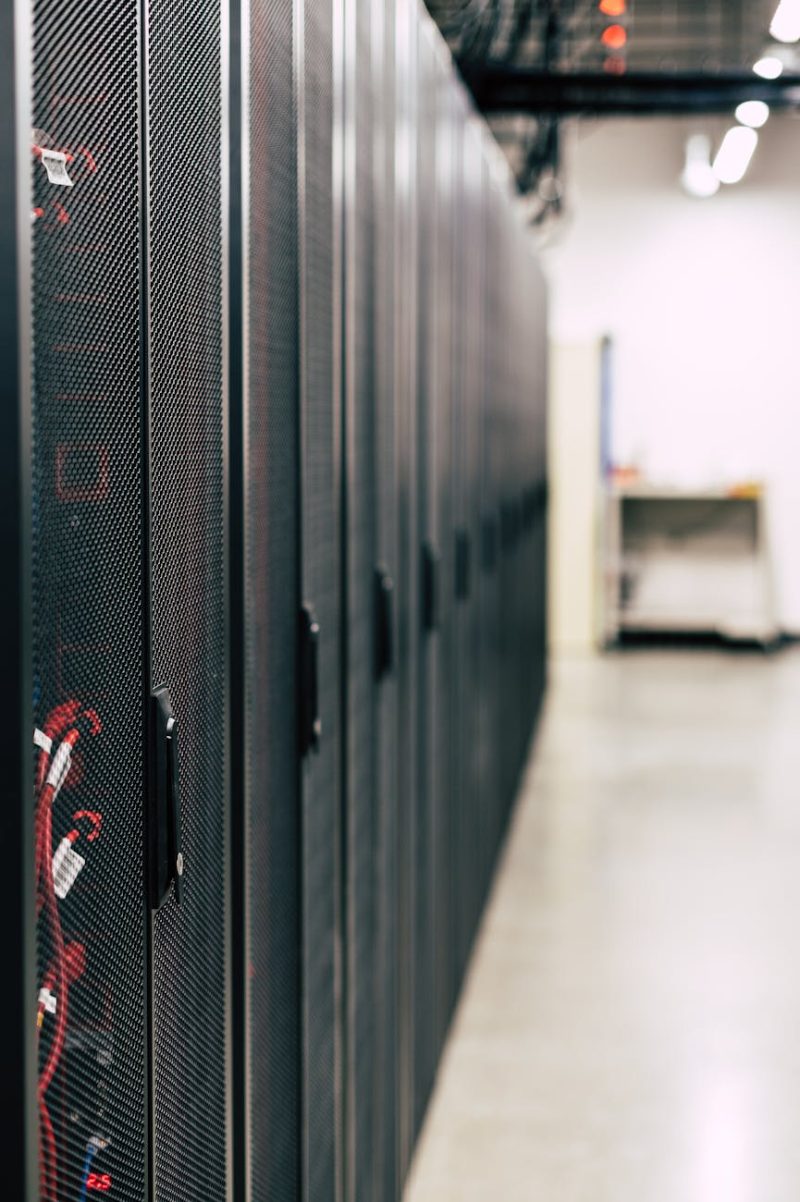Revolutionary Edge Computing: Powering the Future Internet
In a future where speed, efficiency, and connectivity define digital experiences, edge computing is emerging as the cornerstone of the next-generation internet. This transformative technology is reshaping industries, from healthcare to autonomous vehicles, by decentralizing data processing and bringing it closer to where it’s generated. As the world becomes increasingly connected, edge computing is not just a trend—it’s a necessity. But what exactly is edge computing, and how is it revolutionizing the way we live, work, and interact? Let’s dive into the exciting world of edge computing and explore its impact on the future of technology and beyond.
—
What is Edge Computing?

Edge computing refers to the practice of processing data near the edge of a network, where the data is generated, rather than relying on a centralized data center or the cloud. This decentralized approach reduces latency, enhances security, and improves the efficiency of applications that require real-time data processing.
Think of it this way: traditional cloud computing sends all your data to a distant server for processing, which can introduce delays. Edge computing, on the other hand, processes data locally or on nearby servers, making it faster and more responsive. For example, if you’re using a fitness tracker that monitors your vital signs, edge computing allows it to provide instant feedback without needing to communicate with a faraway cloud server.
—
The Rise of Edge Computing: A Necessity for the Modern World
The rise of edge computing is driven by several factors, including the exponential growth of the Internet of Things (IoT), the demand for real-time data processing, and the limitations of traditional cloud infrastructure.
1. The Explosion of IoT Devices
The number of connected devices is skyrocketing, with estimates suggesting there will be 43 billion IoT devices by 2023 (Source: Gartner). These devices generate massive amounts of data, and relying solely on the cloud to process this data is no longer feasible. Edge computing provides a scalable solution by distributing the workload and ensuring faster processing times.
2. The Need for Real-Time Processing
Applications like autonomous vehicles, augmented reality (AR), and smart cities require instantaneous decision-making. For instance, an autonomous car cannot afford to wait for a distant server to process data before swerving to avoid an obstacle. Edge computing enables these systems to react in real time, making them safer and more efficient.
3. Overcoming Cloud Limitations
Cloud computing, while revolutionary, has limitations. Bandwidth constraints, latency, and security concerns are just a few challenges that edge computing addresses. By processing data locally, organizations can reduce their reliance on expensive and resource-intensive cloud infrastructure.
—
Edge Computing in Action: Game-Changing Applications
Edge computing isn’t just a concept—it’s already being implemented in ways that are transforming industries. Here are some examples of how edge computing is making waves:
1. Smart Cities
Imagine a city where traffic lights adjust in real time to ease congestion, waste management systems optimize collection routes, and surveillance systems detect and prevent crime before it happens. Edge computing is making these scenarios a reality. By processing data from sensors and cameras locally, cities can respond to challenges faster and more effectively.
2. Healthcare
In healthcare, edge computing is enabling telemedicine, remote patient monitoring, and predictive diagnostics. For example, a wearable device equipped with edge computing can monitor a patient’s heart rate and detect irregularities in real time, alerting doctors before a critical situation arises.
3. Autonomous Vehicles
Autonomous vehicles rely on edge computing to process data from cameras, sensors, and GPS systems. By analyzing this data locally, vehicles can make split-second decisions, like braking or changing lanes, without relying on cloud-based systems that might introduce delays.
4. Retail and Manufacturing
In retail, edge computing powers personalized shopping experiences, such as smart mirrors that suggest outfits based on your measurements or augmented reality displays that show how a product would look in your home. In manufacturing, edge computing optimizes production lines, predicts equipment failures, and reduces downtime.
—
The Future of Edge Computing: Opportunities and Challenges
As edge computing continues to evolve, it’s clear that it will play a pivotal role in shaping the future of technology and society. However, there are also challenges to address.
Opportunities
– Faster Innovation: With edge computing, developers can create more sophisticated applications that take advantage of real-time data processing.
– Cost Savings: By reducing reliance on the cloud, businesses can lower their operational costs and allocate resources more efficiently.
– Improved Security: Processing data locally reduces the risk of breaches, as sensitive information doesn’t need to travel over the internet.
Challenges
– Security Concerns: While edge computing enhances security in some ways, it also introduces new risks. With data spread across multiple edge devices, there are more potential entry points for cyberattacks.
– Data Management: Managing and analyzing data across decentralized edge devices presents technical challenges that organizations must solve.
– Infrastructure: Building the infrastructure to support edge computing, such as micro data centers and 5G networks, requires significant investment.
—
The Role of AI and 5G in Edge Computing
Artificial intelligence (AI) and 5G technology are two key enablers of edge computing. Together, they create a powerful ecosystem that supports faster, smarter, and more connected applications.
– AI at the Edge
AI models can be deployed on edge devices to enable real-time decision-making. For example, a drone equipped with AI and edge computing can analyze footage in real time and detect anomalies without needing to send data to the cloud. This combination of AI and edge computing is already being used in industries like agriculture, surveillance, and environmental monitoring.
– 5G Networks
5G networks provide the high-speed, low-latency connectivity needed to support edge computing. With 5G, data can travel between edge devices and centralized systems faster than ever before, enabling seamless communication and coordination.
—
Edge Computing and the Ethics of Decentralization
As edge computing grows, it raises important ethical and cultural questions. For instance, how do we ensure fairness and transparency in AI models deployed at the edge? How do we balance the benefits of decentralized data processing with the need for centralized oversight?
These questions highlight the need for thoughtful regulation and ethical guidelines as edge computing becomes more widespread. Organizations must also prioritize transparency and accountability to build trust with consumers.
—
The Road Ahead
The future of edge computing is bright, but it’s also complex. As technology continues to evolve, we’ll see edge computing play an increasingly important role in shaping the internet of the future.
One exciting development on the horizon is the convergence of edge computing with other technologies like blockchain and quantum computing. Together, these technologies could create a new era of secure, efficient, and decentralized applications that transform industries and improve lives.
—
Key Takeaways
– Edge computing is decentralized: By processing data closer to the source, it reduces latency, enhances security, and improves efficiency.
– Edge computing is versatile: It powers everything from smart cities to autonomous vehicles, healthcare, and retail.
– Edge computing is the future: With the rise of IoT, AI, and 5G, edge computing will play a central role in shaping the next generation of technology.
As the world becomes more connected, edge computing is not just a trend—it’s a revolution. Stay ahead of the curve by exploring more articles, case studies, and insights on BeNewsMag.com.
Reflection: As I write about edge computing, I’m reminded of how quickly technology is reshaping our world. It’s exciting to see how innovations like edge computing are solving real-world problems and creating opportunities for growth. What are your thoughts on the future of edge computing? Share your ideas in the comments below, and don’t forget to follow BeNewsMag for more stories on technology, business, and innovation.

